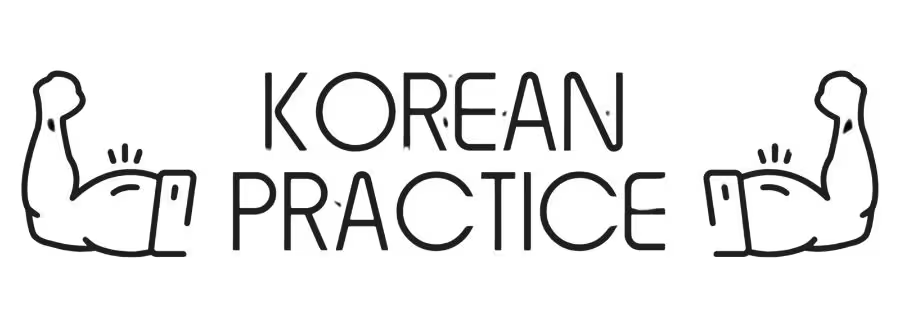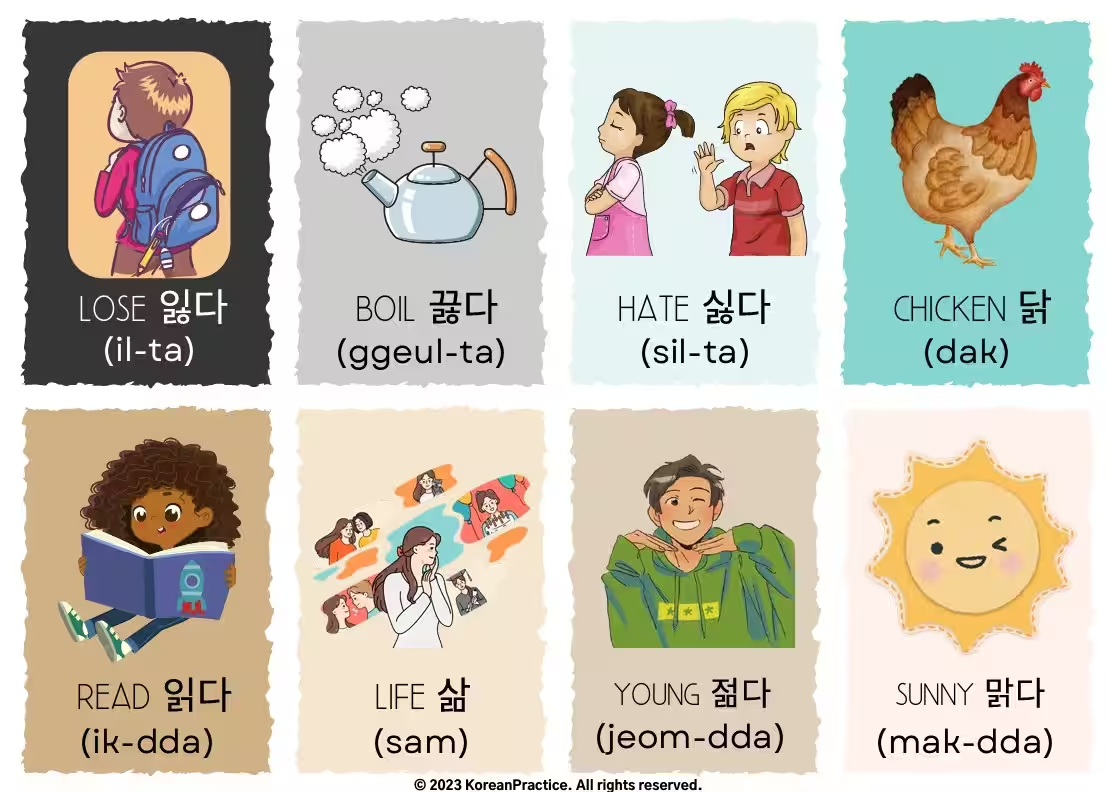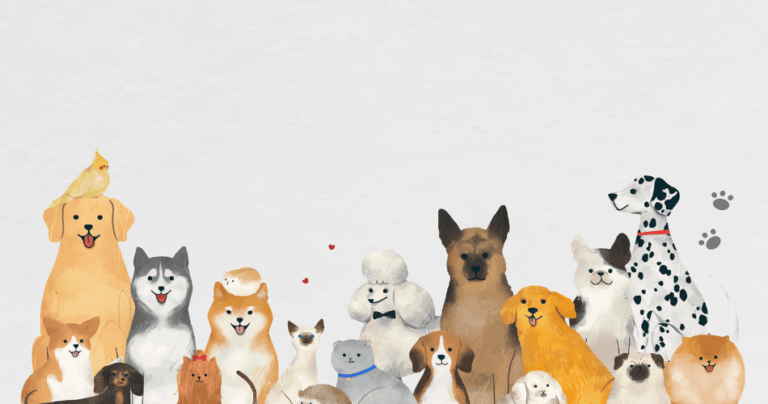Table of Contents
Introduction
If you live in Korea or watch Korean dramas, you may notice words that sound like English but are not quite the same. This mix is called Konglish. It is short for Korean + English, and it has become part of everyday life in Korea.
In this blog post, we will talk about the Konglish meaning, look at some funny Konglish words, explore Konglish examples, share Konglish jokes, and see how real English words change when they move from English to Konglish.
We’ll use easy words and simple sentences. If you are learning Korean, you will enjoy these stories.
What Does Konglish Mean?
The Konglish meaning is simple: it is English words that Koreans use in their own way. Sometimes the word has the same meaning as English. But often, the meaning changes, and this makes it special.
For example, in Korean, people say hand phone for a cell phone. English speakers do not use that phrase, but Koreans understand it very well.
Example Sentences:
Original Korean Sentence
나는 매일 핸드폰을 사용해.
Pronunciation Guide
나는 (na-neun) 매일 (mae-il) 핸드폰을 (haen-deu-po-neul) 사용해 (sa-yong-hae).
Meaning and Context
나 (I) 는 (topic marker; the sentence is about me) 매일 (every day) 핸드폰 (cell phone (hand phone)) 을 (object marker; cell phone is the object of the verb ‘use’) 사용해 (use; informal/casual form – used with close friends or younger people).
English Translation
I use my cell phone every day.
Literal Translation
I use hand phone every day.
Konglish Words and Examples in Daily Life
There are many Konglish words that people use every day in Korea. Some are funny, some are useful, and each has its own reason for existing. Let’s look at a few and see why they are used.
Watch this short story video to see Konglish in action
핸드폰 (Hand phone) → Cell phone
- Why? Koreans call it “hand phone” because it is a phone you hold in your hand. In English, we say “cell phone.”
- Example: My hand phone is new.
아이쇼핑 (Eye shopping) → Window shopping
- Why? When you shop with your eyes but don’t buy anything, Koreans say “eye shopping.”
- Example: She likes eye shopping at the mall.
셀카 (Selca, self + camera) → Selfie
- Example: Let’s take a selca together.
- Why? Koreans joined “self” and “camera” to make “selca.” In English, people say “selfie.”
Example Sentences:
Original Korean Sentence
같이 셀카 찍자.
Pronunciation Guide
같이 (ga-chi) 셀카 (sel-ka) 찍자 (jjik-ja).
Meaning and Context
같이 (together) 셀카 (selca/selfie – this is Konglish, a combination of “self” + “camera” that Koreans use instead of the English word “selfie”) 찍 (to take) 자 (let’s; casual suggestion form used with friends or people of similar age).
English Translation
Let’s take a selfie together.
Literal Translation
Let’s take selca together.
화이팅 (Hwaiting) → Cheer up / You can do it!
- Why? It comes from the English word “fighting,” but Koreans changed the meaning to cheering.
- Example: Hwaiting! You will do well.
서비스 (Service) → Free gift
- Why? In Korea, “service” means a store or restaurant gives you something free as extra service.
- Example: The cafe gave me cake as service.
노트북 (Notebook) → Laptop
- Why? Koreans call laptops “notebooks” because they are small and flat like a paper notebook.
- Example: I use my notebook for school.
백미러 (Back mirror) → Rearview mirror
- Why? Koreans say “back mirror” because it’s a mirror you use to see the back while driving.
- Example: I look in the back mirror when I drive.
Example Sentences:
Original Korean Sentence
나는 운전할 때 백미러를 봐요.
Pronunciation Guide
나는 (na-neun) 운전할 (un-jeon-hal) 때 (ttae) 백미러를 (baeng-mi-reo-reul) 봐요 (bwa-yo).
Meaning and Context
나 (I) 는 (topic marker) 운전할 때 (when driving; 운전하다 = to drive + ㄹ 때 = when/while doing) 백미러 (back mirror; this is Konglish instead of the standard English “rearview mirror”) 를 (object marker) 보 (to look) 아요 (polite present tense form).
English Translation
I look in the rearview mirror when I drive.
Literal Translation
I look back mirror when (I) drive.
아파트 (Apateu) → Apartment
- Why? Koreans shortened the English word “apartment” to “apateu.” It usually means high-rise apartment buildings in Korea.
- Example: I live in an apateu in Seoul.
오피스텔 (Officetel) → Studio apartment / Office + Hotel
- Why? This is a Korean-made word that combines “office” and “hotel.” It means a small studio apartment with both living and office space.
- Example: My uncle lives in an officetel downtown.
컨디션 (Condition) → Physical condition / How you feel
- Why? In English, “condition” has many meanings. In Konglish, it usually means your health or energy level.
- Example: My condition is bad today, so I will rest.
헌팅 (Hunting) → Picking up people
- Why? In Korea, “hunting” doesn’t mean animals. It means going out to bars or clubs to meet new people.
- Example: They went hunting at the club last night.
미팅 (Meeting) → Group blind date
- Why? In English, a meeting is usually for business. In Korea, “meeting” means a group date where friends introduce each other.
- Example: We had a meeting with students from another university.
카페 (Cafe) → Coffee shop
- Why? While English uses “cafe” for a small restaurant, in Korea it almost always means a coffee shop.
- Example: Let’s go to a cafe after class.

English to Konglish: How Words Change
How do English words become Konglish? There are a few main ways.
1. Pronunciation Change
Korean sounds are different from English sounds. So “computer” becomes “keom-pyu-teo.”
Example: I play games on my computer.
2. Shortening Words
Koreans like to make long words short. For example, “apartment” becomes “apateu.”
Example: I live in an apateu.
3. Combining Words
Sometimes, two English words join to make a new one. For example, “office + hotel” becomes “officetel,” which means a small studio apartment.
Example: My uncle lives in an officetel.
This shows how it changes happen every day.
🍬 White Day in Korea: Candy, love, and a sweet tradition you should knowKonglish Jokes and Funny Mistakes
Sometimes, it is funny. You might see signs or menus that make you smile. These are what we call Konglish jokes.
마약치킨 (Narcotic Chicken)
- Koreans use “마약 (mayak)” which literally means “drug” or “narcotic” to describe food that is so tasty it’s addictive. It doesn’t mean real drugs—it’s just a slang style for “super delicious.”
- Example: Let’s eat narcotic chicken tonight. (마약치킨 먹자!)
섹시쿠키 (Sexy Cookie)
- This is actually a brand name in Korea. The word “섹시 (sexy)” is often used in Korea just to mean “cool,” “charming,” or “fun.” So “Sexy Cookie” is not about cookies being sexy, but just a catchy name for a dessert shop.
- Example: I bought a cake from Sexy Cookie. (섹시쿠키에서 케이크 샀어.)
핸드드립커피 (Hand drip coffee)
- In Korea, “핸드드립” means coffee brewed by pouring hot water by hand through a filter. In English, people usually say “pour-over coffee,” not “hand drip.”
- Example: This cafe is famous for hand drip coffee. (이 카페는 핸드드립커피로 유명해.)
노버터빵 (No butter bread)
- Bakeries sometimes use “No butter bread” to mean “bread made without butter.” To English speakers, it sounds strange, because they would usually say “butter-free bread” or “bread without butter.”
- Example: This bakery sells no butter bread. (여기 빵집은 노버터빵을 팔아.)
프리사이즈 (Free size)
- In Korea, clothes that come in only one size are often called “free size.” In English, people usually say “one size fits all.”
- Example: This T-shirt is free size. (이 티셔츠는 프리사이즈야.)
Example Sentences:
Original Korean Sentence
이 티셔츠는 프리사이즈야
Pronunciation Guide
이 (i) 티셔츠는 (ti-syeo-cheu-neun) 프리사이즈야 (peu-ri-sa-i-jeu-ya).
Meaning and Context
이 (this) 티셔츠 (T-shirt) 는 (my topic is this T-shirt) 프리사이즈 (free size; one size fits all) 야 (is; I’m telling you casually)
English Translation
This T-shirt is one size fits all.
Literal Translation
This T-shirt is free size.
리필 (Refill)
- Restaurants and cafes often write “Refill” to mean free extra drinks or side dishes. In English, “refill” usually means more drink, but in Korea it can mean free refills for rice, soup, or even kimchi.
- Example: Kimchi refill is free here. (여기서는 김치 리필이 공짜야.)
헬스 (Health)
- Koreans use the word “헬스 (health)” to mean “going to the gym” or “working out.” In English, “health” is just a general condition, not exercise.
- Example: I go to health every day. (나 매일 헬스 다녀.)
노트 (Note)
- In Korea, “노트” means a notebook for writing. In English, “note” usually means a short message. So students often say “I bought a note” instead of “I bought a notebook.”
- Example: I bought a new note for class. (수업용으로 새 노트를 샀어.)
아이스 아메리카노 (Ice Americano)
- In Korean cafes, people always say “Ice Americano” (아이스 아메리카노) instead of “Iced Americano.” Native speakers usually use the -ed form.
- Example: I want an ice americano, please. (아이스 아메리카노 주세요.)
Why Does Konglish Exist?
You may wonder, why is it everywhere? There are a few reasons:
- English is cool. In Korea, English words sound modern and stylish. A shop or brand name with English feels special.
- English is global. People use English all over the world. Koreans like to borrow words to make communication easy.
- Language adapts. Korean language is flexible. It takes English words and changes them into Korean sounds.
That is why Konglish is not a mistake—it is a natural part of how language grows.
Is Konglish Good or Bad?
Some people say it is helpful. Others say it can be confusing. Let’s look at both sides.
Good things:
- It helps Koreans use English quickly.
- It adds new fun words to the language.
- It shows Korean culture is creative.
Bad things:
- English speakers may not understand.
- Students may learn wrong meanings.
- It can sometimes sound strange in global settings.
How to Use Konglish Safely
If you are studying Korean, it can be very fun and helpful. But you need to use it in the right way. Here are some tips:
1. Know the difference.
Understand that some words are real English, and some are Konglish. Konglish words are useful in Korea, but they are not correct English.
2. Use it when speaking Korean.
When you talk to Koreans in Korean, it’s okay to use it. People will understand you right away.
3. Don’t use Konglish as English.
If you use it outside of Korea or in English class, people may not understand you. Always switch back to the real English word.
By knowing when to use it, you can learn Korean culture more deeply and avoid mistakes in English. it is part of everyday Korean life, so enjoy it as a fun way to connect with Korean people.
From My Original Story Style Breakdown™ — A New Way to Truly Understand Korean
This is just one sentence from a complete learning system you won’t find anywhere else — designed to help you understand Korean naturally, without getting lost in grammar rules. You can choose between Quick Learning for a fast overview, or Deep Learning for a step-by-step breakdown.
When you can truly understand Korean sentences this way, speaking becomes much easier.
🚀 Quick Learning

Original Korean Sentence
사자가 코끼리를 잡아요.
Pronunciation Guide
사자가 (sa-ja-ga) 코끼리를 (ko-ggi-ri-reul) 자바요 (ja-ba-yo).
English Translation
The lion catches the elephant.
Literal Translation
Lion catch elephant.
Quick Reference
사자가 (lion) 코끼리를 (elephant) 잡아요 (catch).
💡 Need more details? See “Deep Learning” below!
🔍 Deep Learning
Meaning and Context
사자 (lion)
→ The lion — the one taking action now in the story.
가 (subject marker)
→ Points out that the lion is doing the action.
코끼리 (elephant)
→ The one the action is done to.
를 (object marker)
→ Shows that the elephant is the object being caught.
잡 (to catch, grab, take)
→ The action — the lion catches or grabs the elephant.
아요 (polite ending)
→ I’m telling you this in a polite and friendly way.
Real-Life Usage
잡아요 is common when talking about catching or holding something.
Pattern Practice
1. 사자가 토끼를 잡아요.
2. 고양이가 쥐를 잡아요.
3. 아이가 공을 잡아요.
4. 강아지가 공을 잡았어요.
FAQs (What You Might Still Wonder About)
Is Konglish only used by young people in Korea?
Not at all. While some Konglish words like selca are popular with younger people, others like hand phone or service are used by all generations. Konglish examples can be heard in schools, offices, and even government signs.
Do English speakers ever use Konglish without knowing it?
Yes! Words like skinship or one shot are sometimes used by foreigners who lived in Korea. They become part of their vocabulary even if the words are not “real” English. This shows how English to Konglish can travel back the other way.
Is Konglish the same as “strange English”?
Not exactly. Strange English usually means incorrect grammar or mistakes made by learners. Konglish, however, is a creative mix of languages. For example, “Eye shopping” is not wrong grammar—it’s a unique cultural word.
Are Konglish words ever added to real English dictionaries?
Sometimes! The word fighting! (as encouragement) has been explained in international dictionaries because so many K-pop fans use it. This shows how Konglish words can spread worldwide.
Do Koreans create new Konglish words today?
All the time! As technology and culture change, new Konglish examples appear. For instance, online gamers in Korea use hybrid English words that don’t exist elsewhere. Language keeps evolving.
Why do Konglish jokes spread so quickly online?
Because they mix humor with cultural difference. A menu that says “Cream Soup Spaghetti Service” may look strange, but it makes people laugh and share it. These Konglish jokes spread on social media because they are both funny and memorable.
Final words
Konglish is a fun mix of Korean and English. It changes words in new ways, makes jokes, and gives us a window into culture. We looked at Konglish meaning, explored many Konglish words, shared real Konglish examples, laughed at some Konglish jokes, and learned how English to Konglish changes happen.
Konglish is not wrong—it is just different. It shows how languages grow and change when cultures meet.
So next time you hear a Korean say hand phone, or see a sign that makes you laugh, remember that Konglish is part of the colorful world of language.
Final Example Sentence:
- Konglish is strange, funny, and useful all at the same time.










